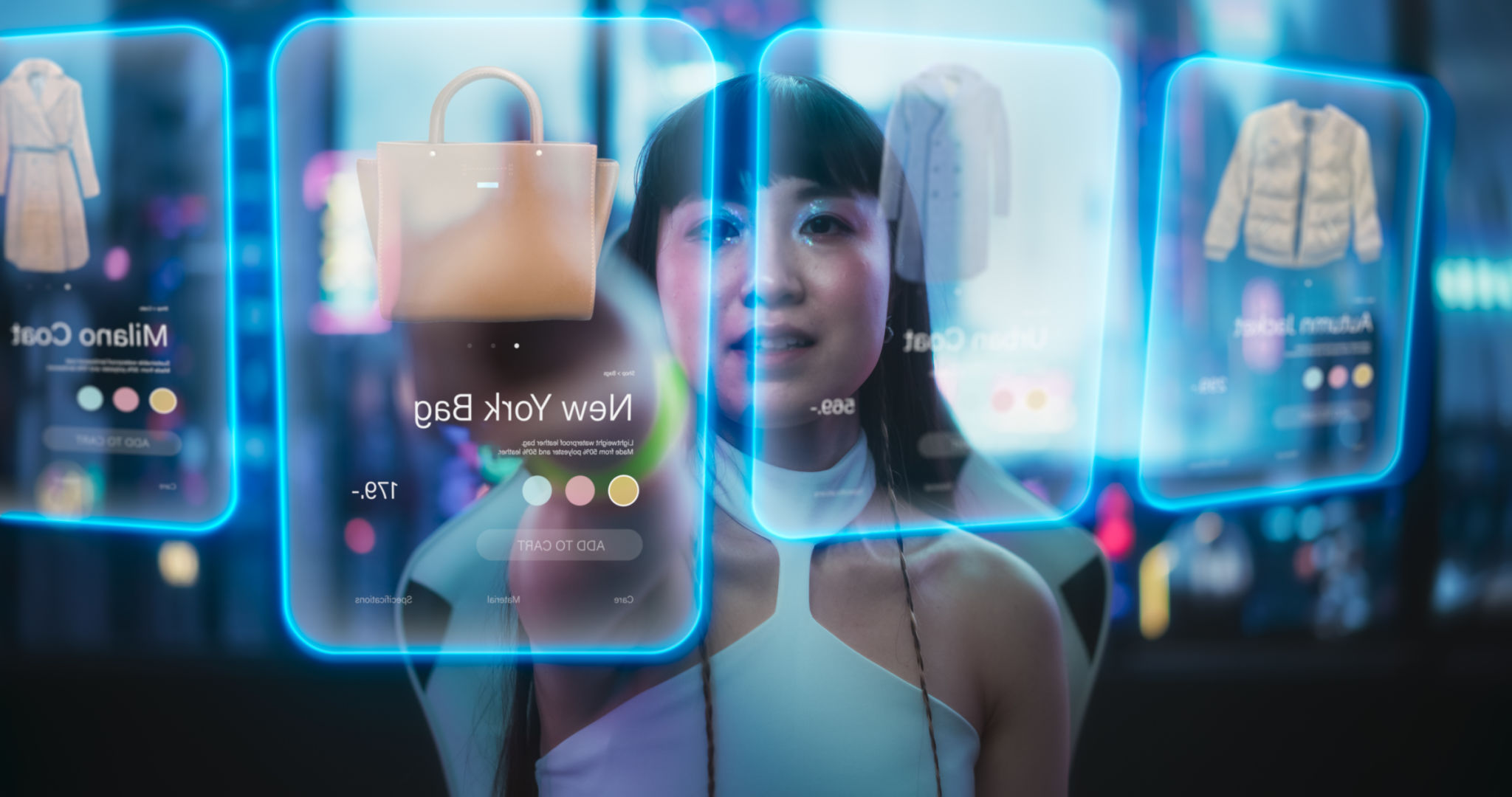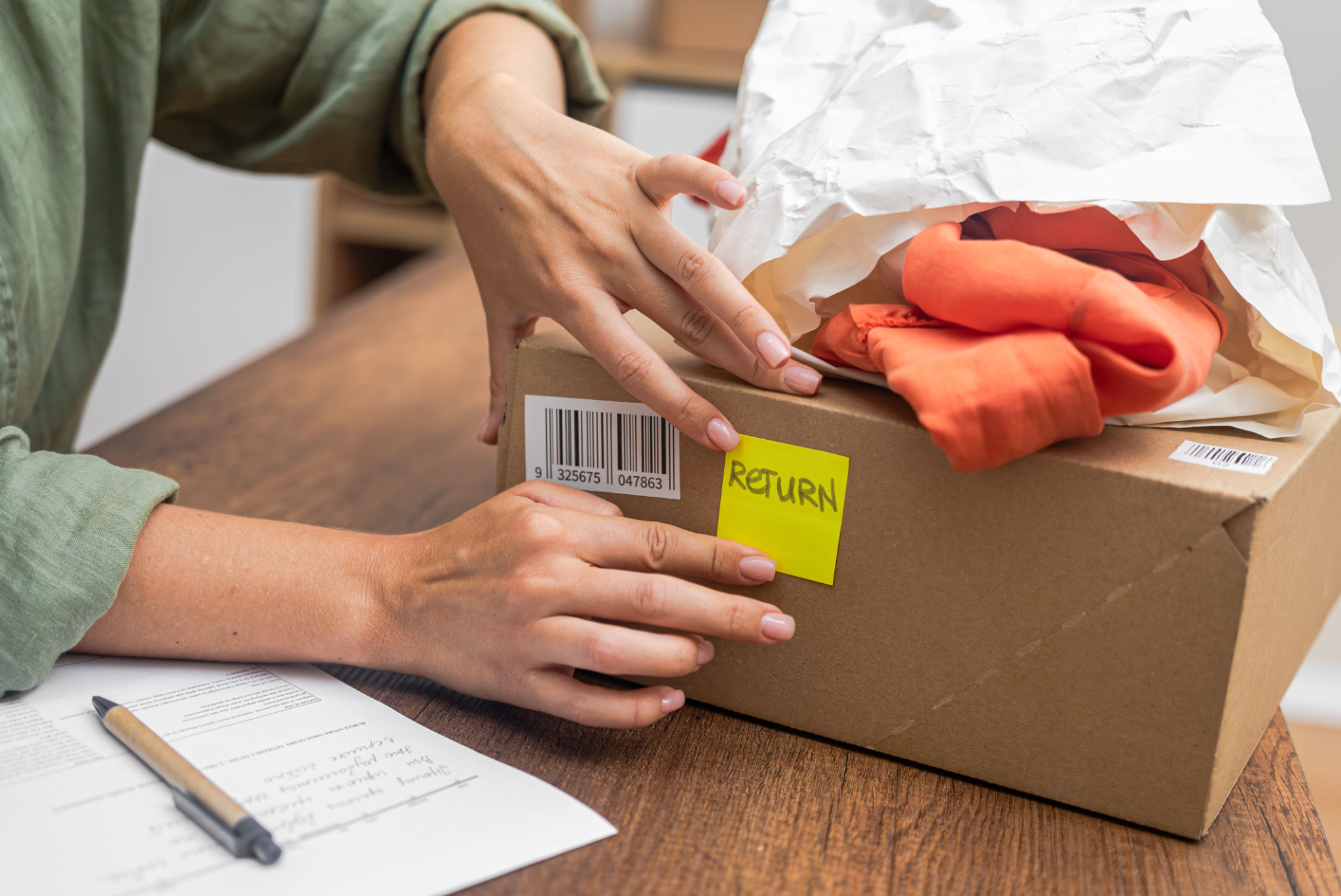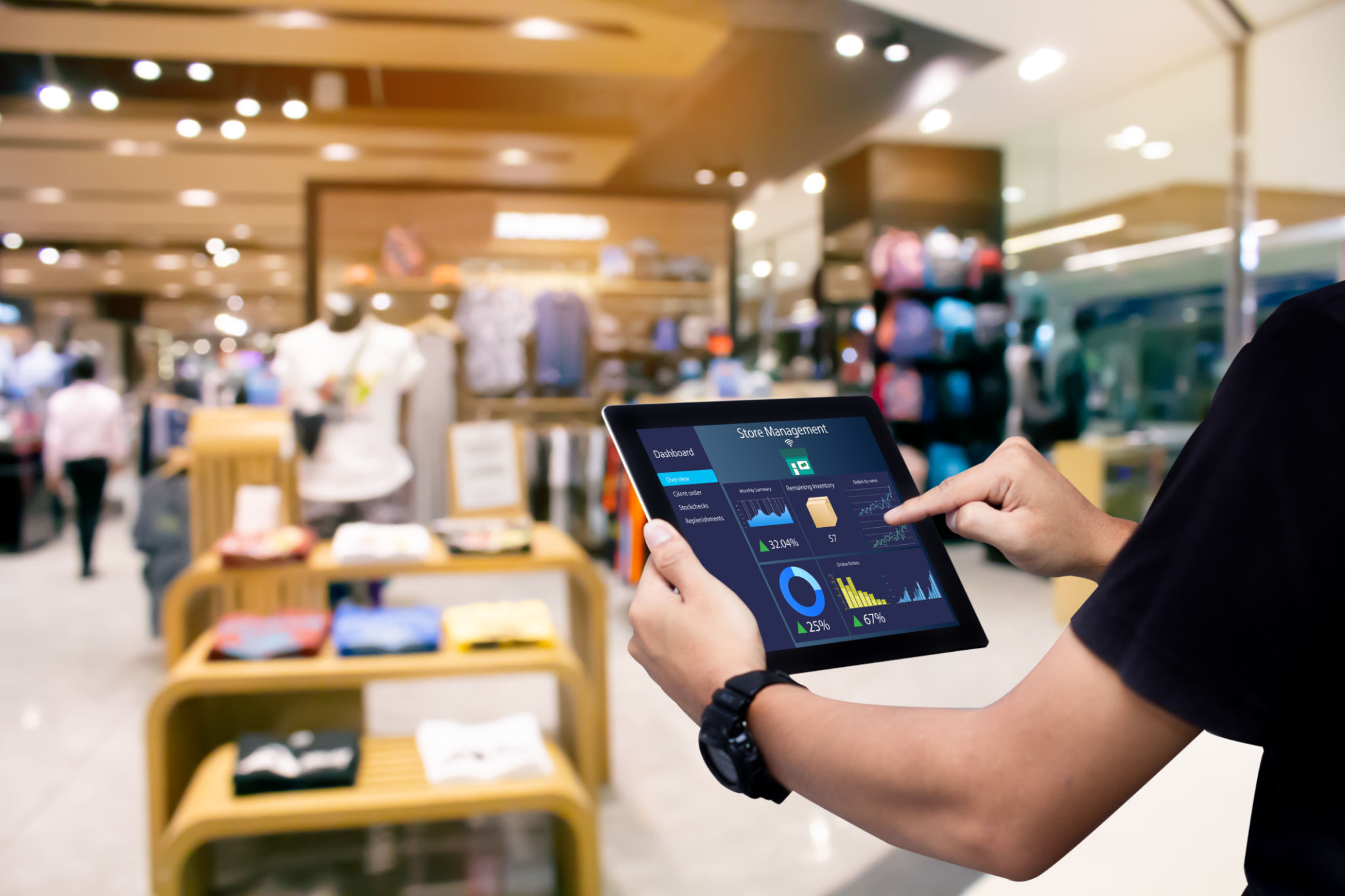How Virtual Try On is Revolutionizing the Retail Experience
The Rise of Virtual Try-On Technology
In recent years, the retail landscape has witnessed a groundbreaking transformation with the introduction of virtual try-on technology. This innovative tool is reshaping how consumers engage with products, providing a seamless and interactive shopping experience. By leveraging augmented reality (AR) and artificial intelligence (AI), virtual try-ons enable shoppers to visualize products in real-time, from the comfort of their own homes or while on the go.
The adoption of this technology is rapidly increasing among major retailers, as it not only improves customer satisfaction but also reduces the rate of returns. As consumers become more accustomed to digital shopping experiences, the demand for virtual try-ons is expected to grow exponentially.

Enhancing Customer Experience
Virtual try-on technology offers significant benefits for enhancing customer experience. By allowing customers to virtually wear clothes, accessories, or even test makeup, they can make informed purchasing decisions. This interactive experience bridges the gap between online and in-store shopping, offering the best of both worlds.
Additionally, virtual try-ons empower retailers to provide personalized recommendations based on a customer's preferences and past interactions. This level of customization enhances user engagement and fosters brand loyalty, as customers feel their individual needs are being met.
Reducing Returns and Increasing Sales
One of the most significant advantages of virtual try-on technology is its potential to reduce returns. In traditional e-commerce, customers often return items because they don't meet their expectations in terms of fit or appearance. Virtual try-ons mitigate this issue by providing a more accurate representation of how a product will look on the consumer.
This increased accuracy not only reduces the hassle of returns for customers but also decreases logistical costs for retailers. As a result, businesses can enjoy increased sales and improved profitability while also enhancing customer satisfaction.

Expanding Product Offerings
Virtual try-on technology also allows retailers to expand their product offerings without the need for physical inventory. By providing digital versions of products, retailers can showcase a wider variety of items, colors, and styles. This flexibility enables businesses to cater to a more diverse customer base and adapt quickly to changing fashion trends.
Moreover, virtual try-ons facilitate easier experimentation with new products, as businesses can gauge consumer interest before committing to large-scale production. This approach helps minimize financial risk and supports sustainable business practices by reducing waste.
The Future of Retail
As technology continues to evolve, virtual try-on solutions are set to become even more sophisticated. Future advancements may include improved AR capabilities, enhanced AI-driven personalization, and integration with virtual reality (VR) environments for an even more immersive shopping experience.
Retailers who embrace these technologies will likely gain a competitive edge in the market, attracting tech-savvy consumers who value convenience and customization. As virtual try-ons become more mainstream, the retail industry will continue to adapt and innovate, creating exciting opportunities for both businesses and consumers alike.

Conclusion
Virtual try-on technology is undeniably revolutionizing the retail experience by offering personalized, engaging, and convenient shopping solutions. As this technology becomes more widespread, it will play a crucial role in shaping the future of retail, driving innovation, and enhancing customer satisfaction.
For retailers looking to stay ahead in an increasingly digital world, investing in virtual try-on solutions is not just an option—it's a necessity. By doing so, they can ensure they remain competitive and relevant in an ever-evolving marketplace.
